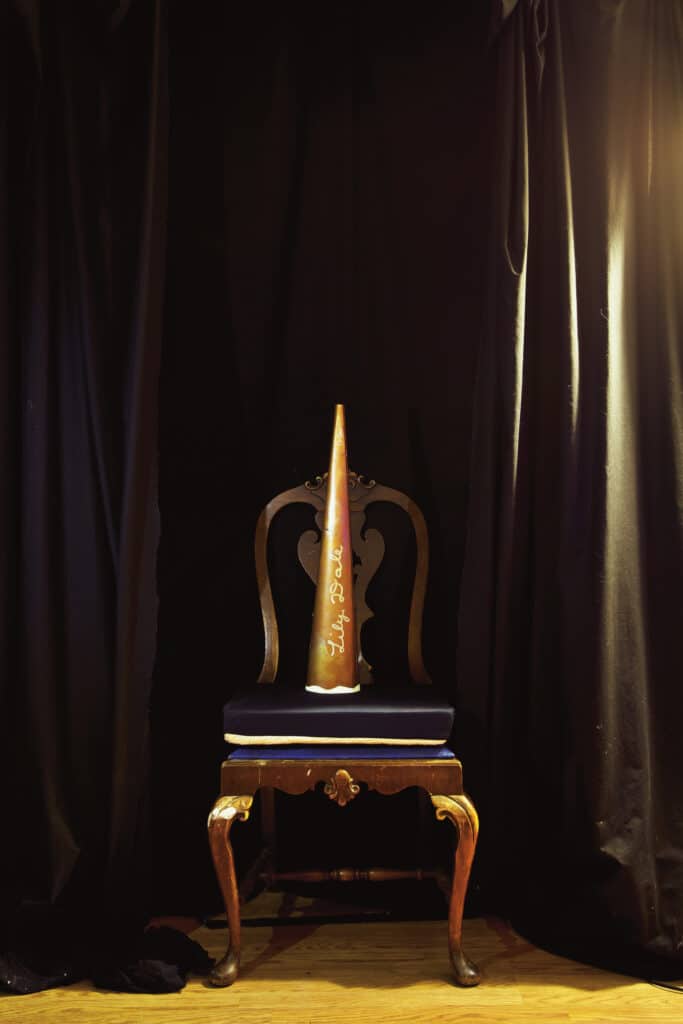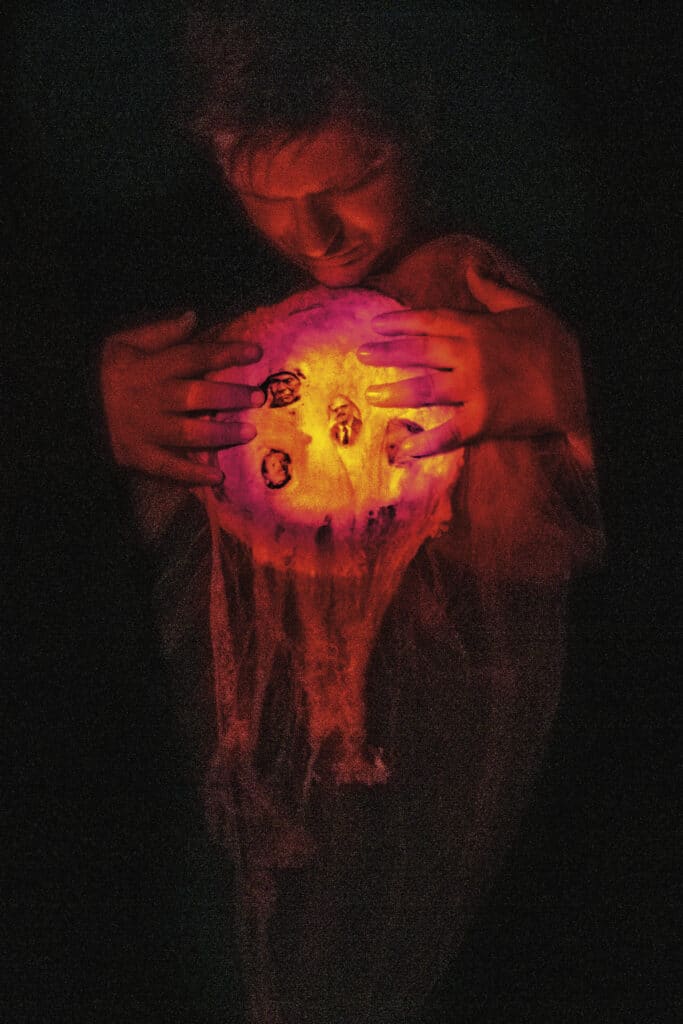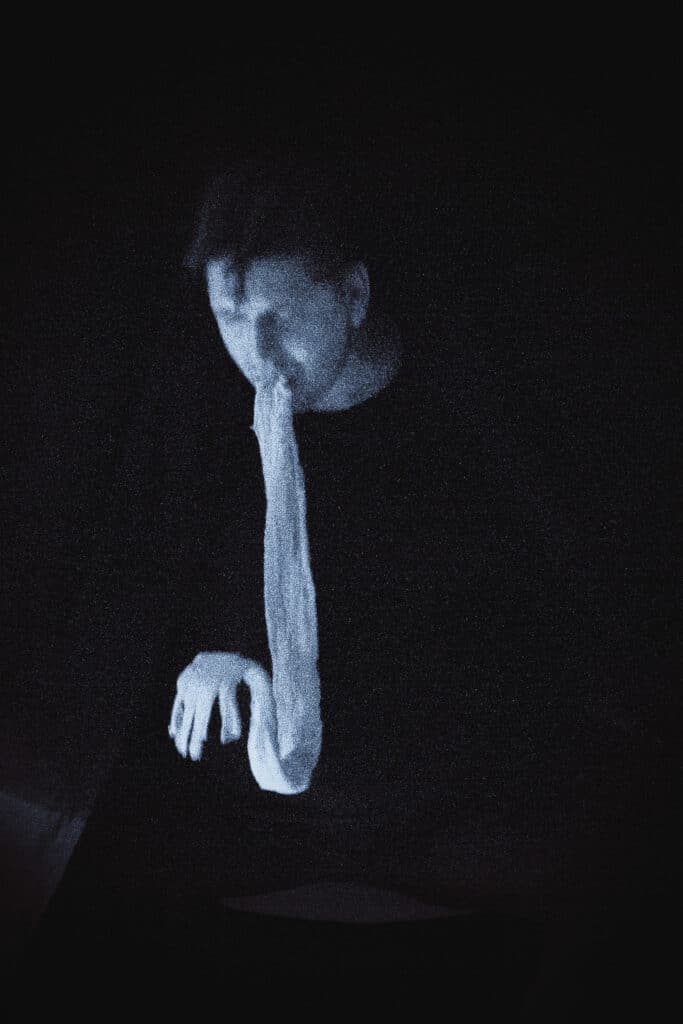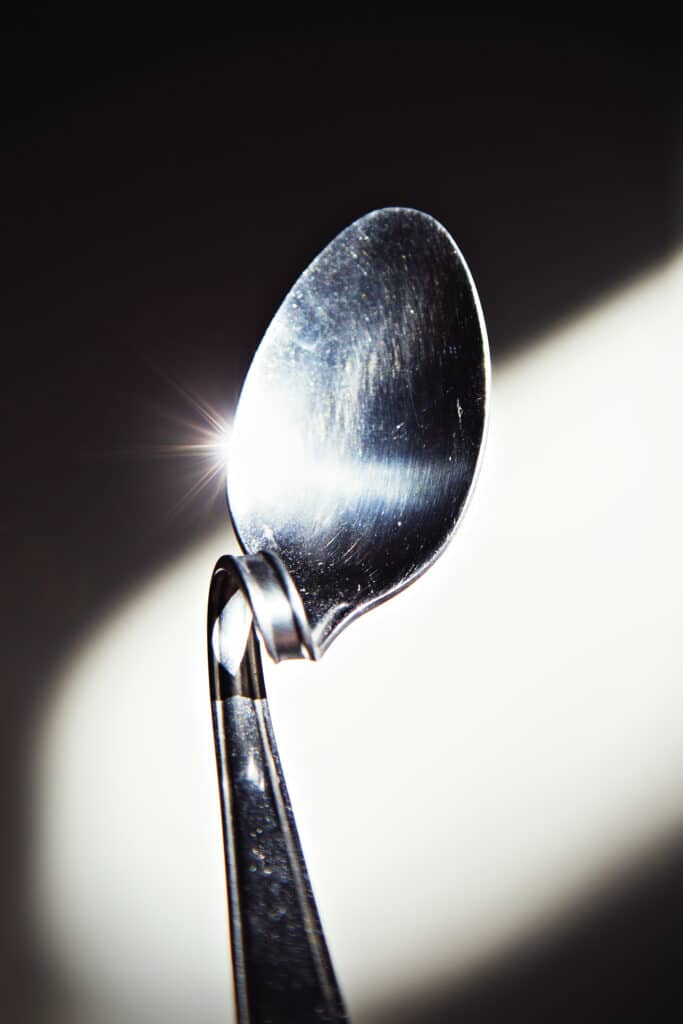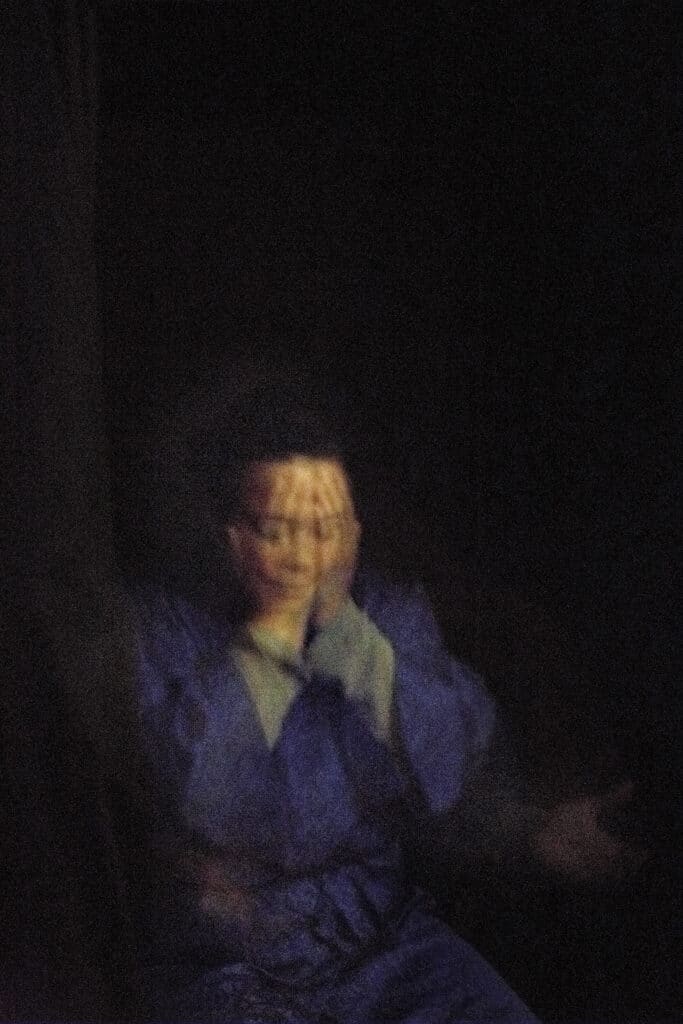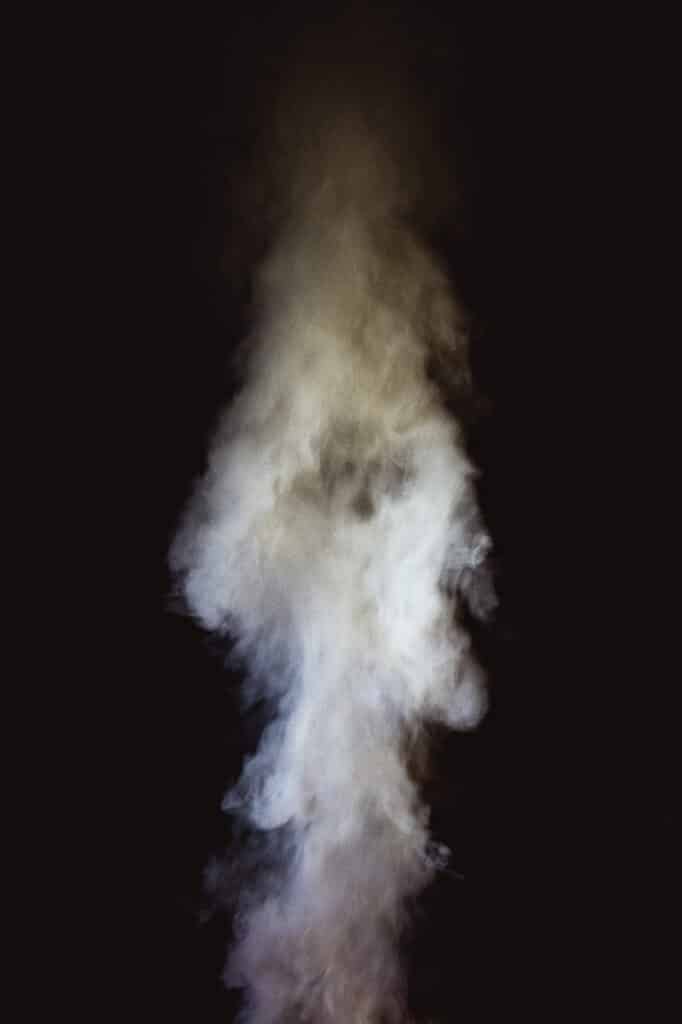Long before supernatural teen thrillers dominated the pop culture landscape, teen sisters Kate and Margaret Fox heard a mysterious noise inside their family’s tiny cottage in Hydesville, New York — a “rapping” that seemed to come from nowhere on this earth.
On the eve of April Fool’s Day, 1948, the Fox sisters decided to respond using a series of coded knocks and what they found defied all earthly explanation. They claimed to make contact with the spirit of a peddler who had been murdered and buried beneath their home, only for a body to be discovered in this very locale.
Two of the Fox sisters later admitted that their contact with the spirits had been a hoax, though they also later retracted the confession, and demonstrated how they had performed the hoaxes.
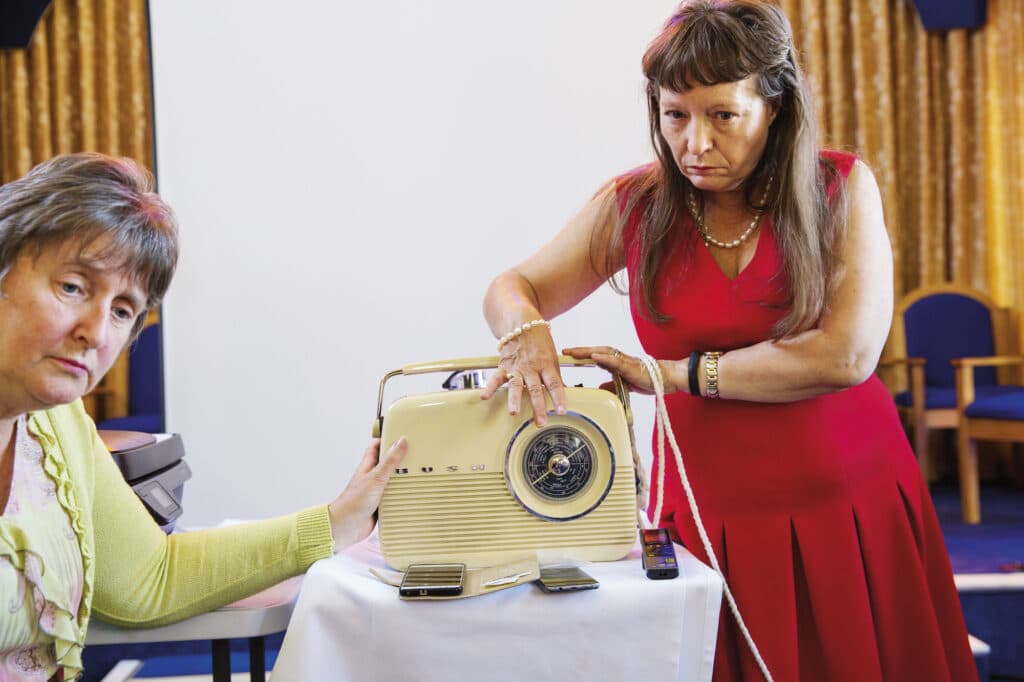
Women’s voices
The Fox home was not merely a haunted house; it was ground zero for a new movement known as Spiritualism. A philosophy rather than a religion, Spiritualism lacks a hierarchical system and a doctrinal text. At its core, Spiritualists are bound by a shared belief in a higher power, spirits, and the gifts of prophecy and healing that come through communication between the physical and ethereal planes.
But how that communication manifests and what those gifts bring is entirely up to the practitioners themselves. The Fox sisters were blessed to have a third in their number, an older sibling named Leah who seized upon this extraordinary event as a way to give voice to American women at a time when they were denied their First Amendment right to speak publicly before an assembly.
As radical Quakers, the Fox family and their community forged ahead, transforming public support into a political act. They began staging shows, teaching those who gathered how to communicate with the other side.
“Once you make a decision, the universe conspires to make it happen,” American transcendentalist Ralph Waldo Emerson wrote in the 19th century, an observation well attuned to the very nature of transformation. As fate would have it, on July 19th of that same year, women from across the nation gathered for the first Women’s Rights Convention in Seneca Falls, just a few miles from the Fox cottage.
As Lucretia Mott and Elizabeth Cady Stanton penned the “Declaration of Sentiments,” which demanded constitutional rights for women, reports of mysterious raps shook the very table on which they wrote. As the first wave of feminism came to the fore, they rode the wave Spiritualists were paving through connections to the occult.
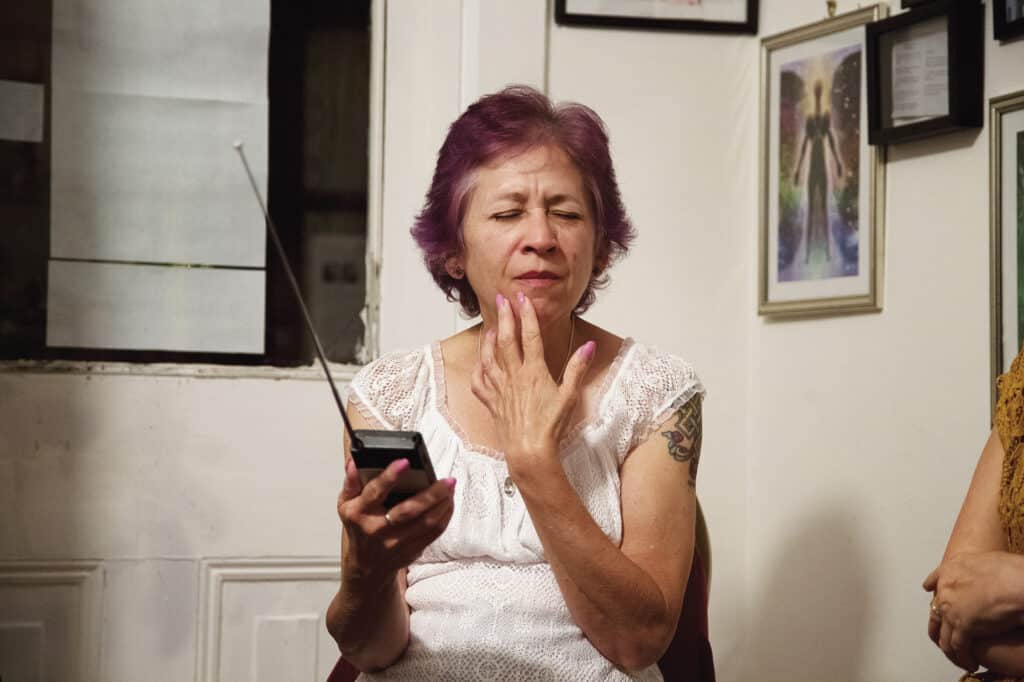
From the Battlefield to the White House
In the newly emerging Christian nation, not even a century old, Spiritualism quickly took root and served as a balm when the country fractured and splintered under the brutal violence of the Civil War. An estimated 750,000 people (2.5% of the population) perished in just five years, making it the most deadly war fought by American troops.
Twenty percent of all soldiers were killed, two thirds of those from disease, while over 40% of the dead were never identified. The vast onslaught of death tore families apart as fathers, sons, uncles, and brothers went to war, never to return.
Searching for answers, many turned to Spiritualism, embarking on a journey to connect with spirits through the practice of séances, ouija boards, and tipping tables. Although it may sound irrational to the modern mind, which is heavily invested in notions of “evidence” and “proof,” Spiritualism reached deep into the past, reestablishing a powerful connection with the ancient and universal practice of ancestor worship.
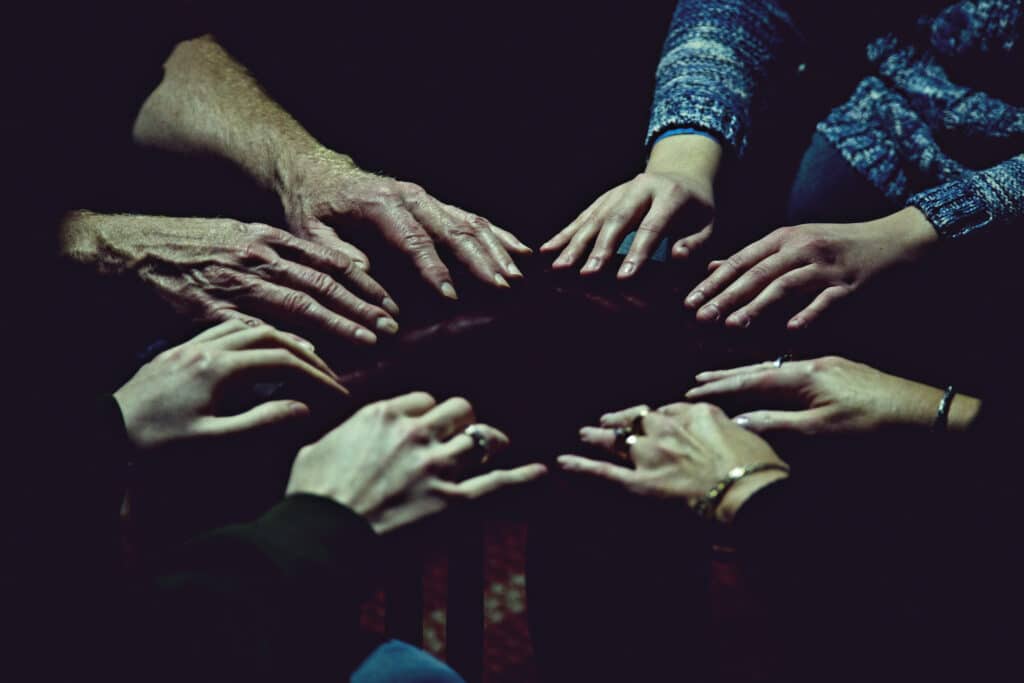
“A huge amount of the population was touched by the depths of the Civil War,” says Shannon Taggart, whose new book Séance, explores the inextricable relationship between Spiritualism and photography,
“This was also a time of cholera pandemics, women were dying in childbirth, children not living past the age of five. Death was so much more present and other religions weren’t speaking to this. Spiritualism offered comfort and healing. It was trying to triumph over death by saying it’s not the end, it’s a transition and that our love and suffering are not in vain. As unique as it was, everywhere in the world throughout time, people speak to spirits of the dead and communicate with ancestors.”
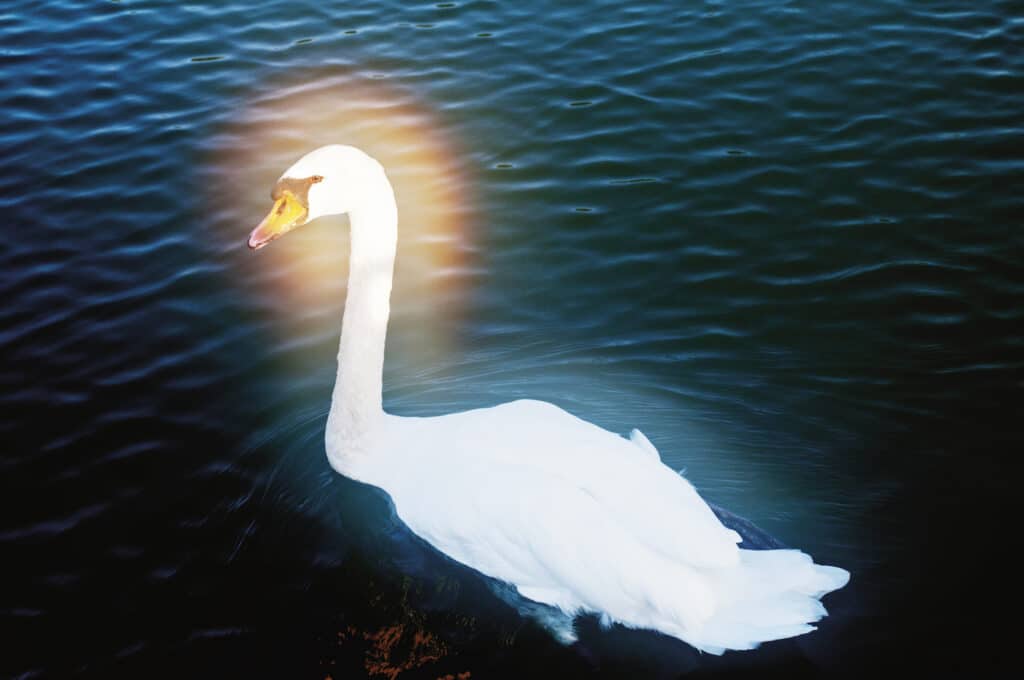
Taggart notes that at its height, an estimated 11 million Americans experimented with Spiritualism — including none less than Abraham Lincoln. The president and First Lady Mary Todd Lincoln gathered with senators and cabinet members to hold séances in the White House.
Other luminaries including Nobel laureates Pierre and Marie Curie, psychoanalyst Carl Jung, physicist Sir William Crookes, poet William Butler Yeats, and novelist Sir Arthur Conan Doyle were proponents of Spiritualism in their time.
Welcome to Lily Dale
Photographer Shannon Taggart first became interested in Spiritualism after her cousin received a reading from a medium in 1989 that revealed a long-buried secret around their grandfather’s death. In 2001, Taggart traveled to Lily Dale, New York, where the reading was done — a town where time stands still. Long after Spiritualism fell out of vogue in the 1930s, Lily Dale continues to nurture true believers and their faith.
Lily Dale is located in the “Burned-Over District,” a 20-square mile area of upstate New York that got its name from the vast flourishing of new religions that arose in 19th-century America, including Spiritualism, Seventh-Day Adventism, Mormonism, and a host of utopian communities.
“As Rome is to Catholicism, Lily Dale is to Spiritualism,” Ron Nagy, Lily Dale’s historian, is quoted as saying in Séance.
Lily Dale also became an important locale for the burgeoning Women’s Movement. By giving voice to the dead, Spiritualism presented a direct challenge to white nationalist Christianity and its political base. The movement empowered radicals, dissidents, and the disenfranchised to speak out in ways previously prohibited to them.
In 1872, Spiritualist medium Victoria Woodhull became the first woman to run for president. Lily Dale became home to the annual Women’s Suffrage Day, drawing leaders like Susan B. Anthony and Planned Parenthood founder Margaret Sanger to the community.
While Taggart was first drawn to Lily Dale through the medium’s message, she reveals, “What made me stay was finding out Spiritualism has this whole photographic history I had never heard about. It was the first religion to use photography as its iconography and the images are the most uniquely unsettling images I’ve ever encountered. They remind me of Rudolf Otto’s notion of the mysterium tremendum [terrible mystery], where the encounter with the hold being is shocking and shakes you in a way that’s a little scary.”
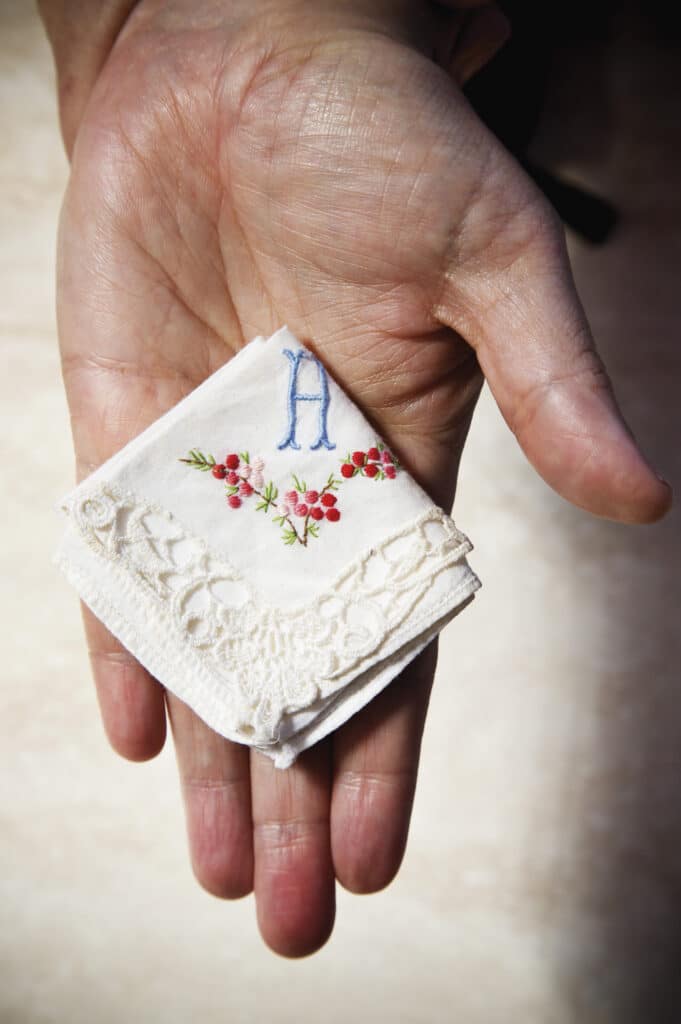
The Big Questions
Emerging less than a decade after the invention of photography, Spiritualism was born of a profound need to fuse religion and science. Occupying the space between technology and art, photography comfortably moves along this spectrum to easily assume multiple uses and purposes within a single frame.
Shannon Taggart points to the fact that photography, like Spiritualism, is a liminal process and has a very complicated relationship with truth. “When they were put into contact, they revealed a lot about the other,” she says. “William Mumler, the first spirit photographer, was taken to court and the photographic reality was literally put on trial.”
William Mumler (1832–84) created marvelous, magical, manipulated images that depicted translucent “spirits” interacting with living people in classical studio portraits. His 1972 photograph of Mary Todd Lincoln with the spirit of Abraham Lincoln became an iconic work — but the issue of documentary veracity, then as now, became a lightning rod for conflict.
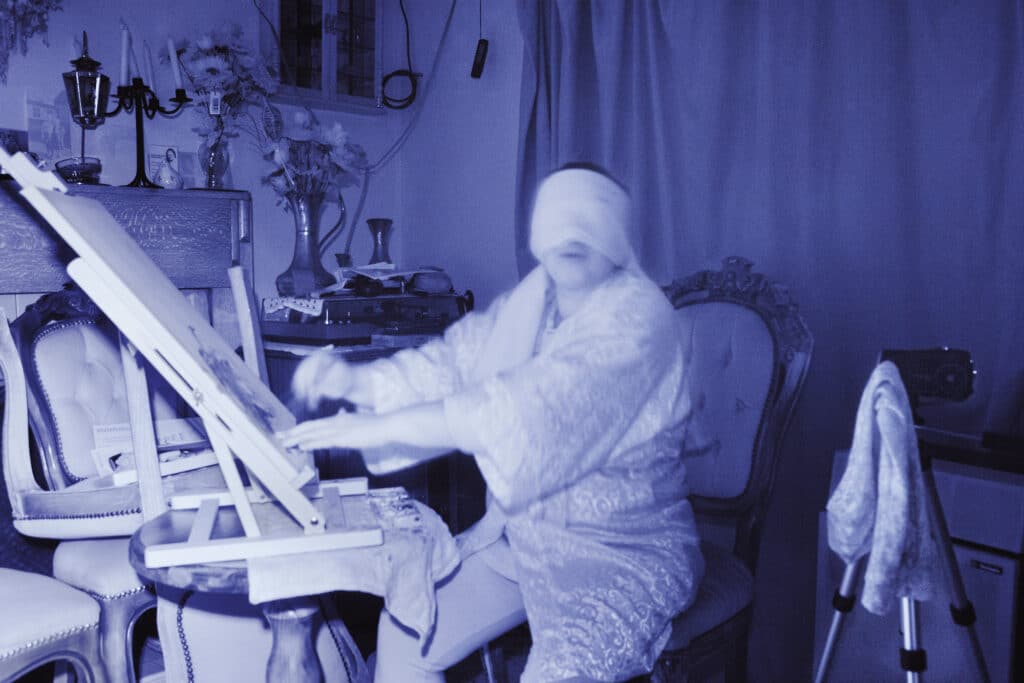
“It asked the big questions about what photographic reality is, the difference between seeing and knowing, and the possibilities of photography,” Taggart says. “At the time, scientists were discovering all these invisible forces: the germ theory of disease, radiation, radio waves, the x-ray, and using electricity to power invisible communication like the telegraph and telephone. It wasn’t far-fetched to think that photography could show us the invisible. But then it failed miserably.”
Indeed, while spirit photographers of the era pushed the boundaries of the medium, they hit the same wall that Spiritualism did with the advent of Modernism. Though this shift precipitated a steep decline, it did not eradicate true believers from continuing their journey of faith. Throughout her two-decade exploration of Spiritualism, Taggart has met resistance from the photography world but she remains undeterred.
“One of the most beautiful things I’ve learned through Spiritualism is to take your imagination seriously,” she says. “If you cleanse these processes out of life, I think there’s a danger for humanity. We have these experiences for a reason. I’ve met people in Lily Dale who told me ‘I never thought in a million years that I would be here but my father died in front of me and I saw his body leave his spirit, and I had nowhere to go. A lot of people come to Lily Dale because it holds space for them.”
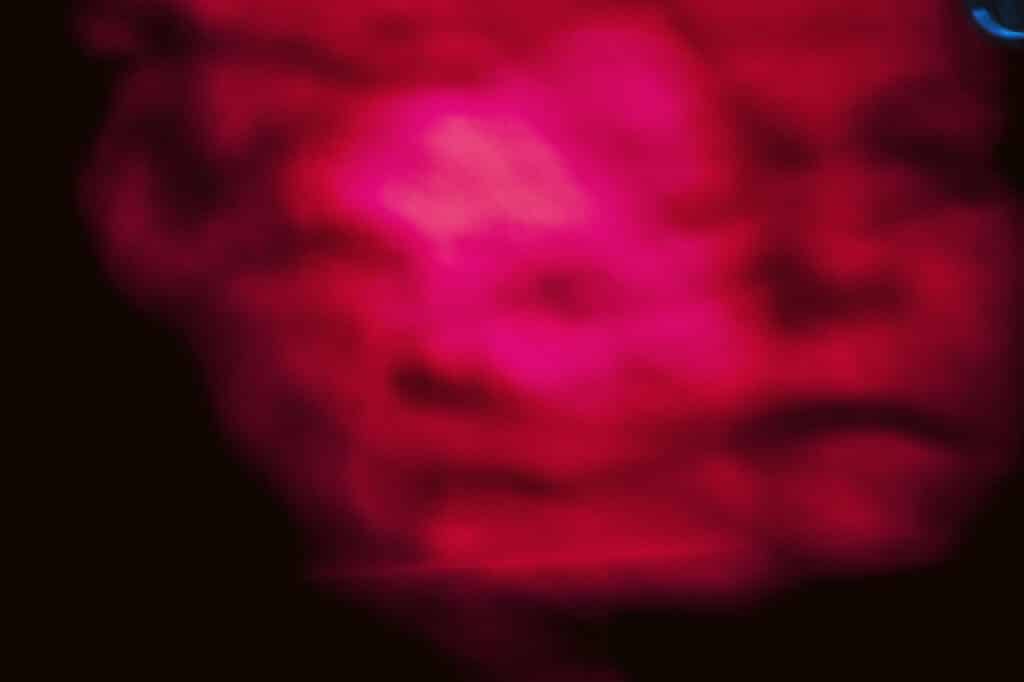
Séance is published by Atelier Editions, $65.00. It will be released on December 20, 2022.

